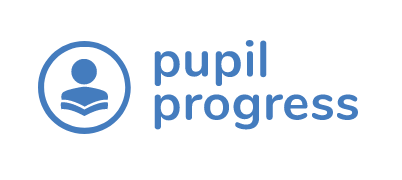The Role of Data in Supporting Vocational Learners

Vocational qualifications like NCFE’s V Certs demand a different approach to tracking. With modular assessments, varied evidence types and skills-based components, educators need to go beyond a simple grade sheet.
Progress data needs to be:
Ongoing and responsive
Specific to qualification components
Clear enough to guide planning and intervention
When used well, data gives teachers the tools to:
Spot which components students are excelling in or struggling with
Address knowledge gaps before they widen into attainment gaps
Support learners in managing coursework or resits with confidence
Inform meaningful conversations about future options, based on real performance trends
In short, data becomes a mechanism for teaching forward, not just tracking the past.
From Pilot to Practice: What We've Learned
Our recent pilot study, funded by the Assessment Innovation Fund, gave us the opportunity to explore what happens when schools have access to real-time tracking.
We found that:
Teachers could identify struggling learners earlier in the course - not just in the run-up to deadlines
Component-level tracking helped clarify which teaching strategies were working
Data fostered more informed conversations between staff, learners, and families
And crucially, schools reported that tracking became more than a reporting tool - it became a planning tool.

Embedding Better Data Practices in Schools
With our partnership now live, schools delivering NCFE’s V Certs can begin to embed more data-informed practice. Here are some starting points:
Use data to support teaching sequences
Understanding which components are typically more challenging can help structure schemes of learning more effectively.Build data into learner feedback
Sharing progress transparently, especially across components, helps students take ownership of their development.Review patterns across cohorts
Are there common gaps or drop-off points? Analysing trends across classes or years can surface broader curriculum or delivery issues.Use insights to inform intervention
Moving beyond blanket interventions to targeted support based on actual progress data is more efficient and impactful.
Looking Ahead
The vocational landscape continues to evolve. Expectations from employers, higher education providers, and learners themselves are shifting. Schools need approaches that not only evidence outcomes, but also support the journey towards them.
By embedding data into everyday practice, we give ourselves the chance to be more responsive, more strategic, and ultimately more supportive.
This isn’t about tracking for tracking’s sake. It’s about using data to open doors.

Comments